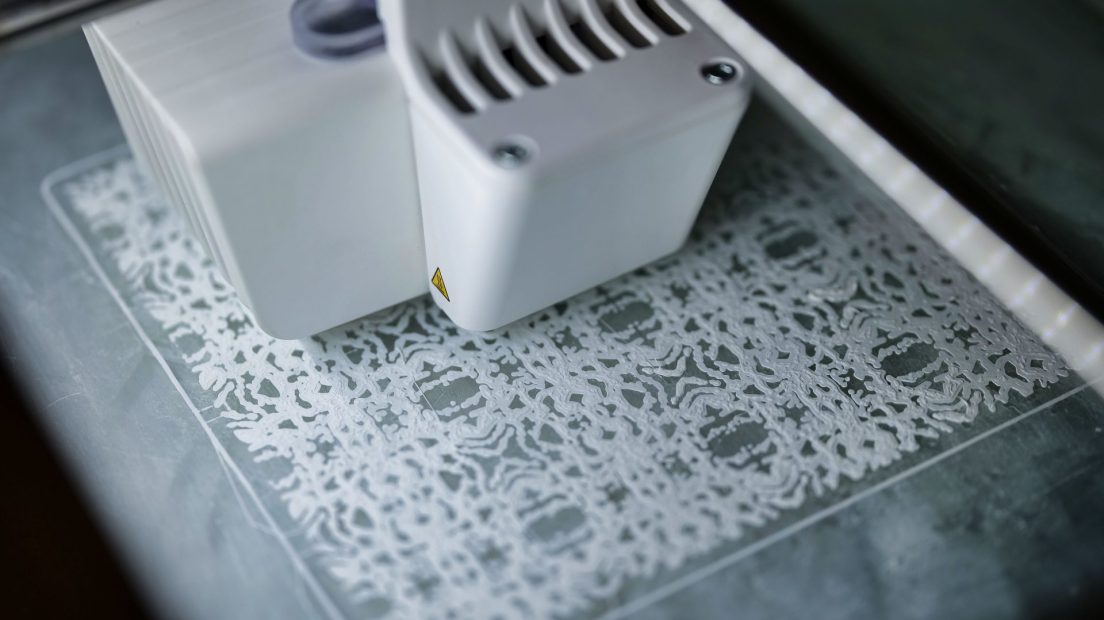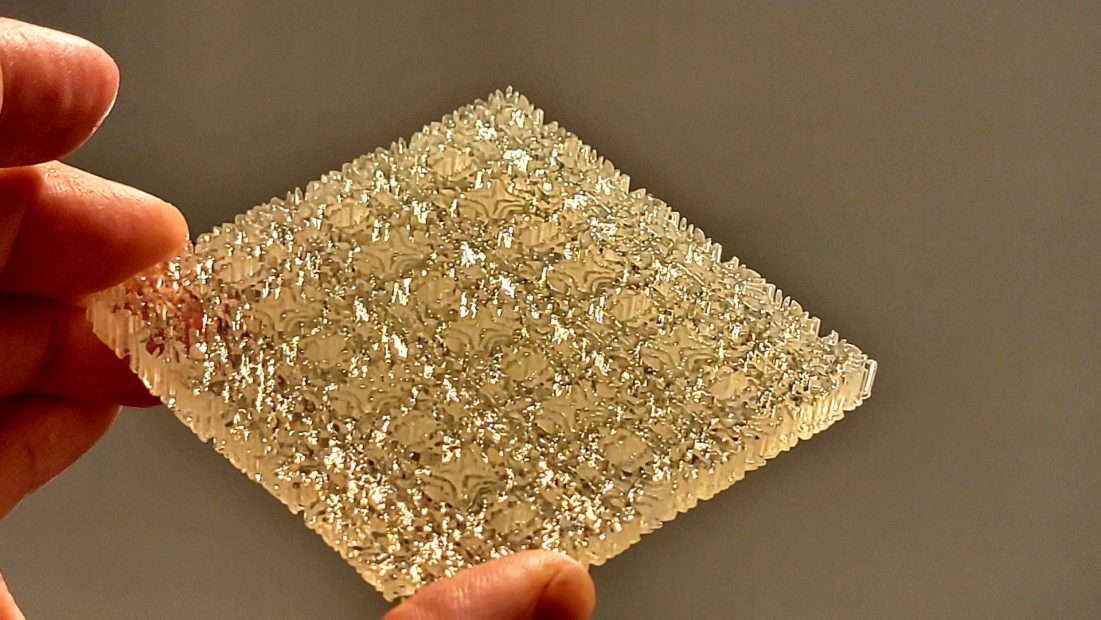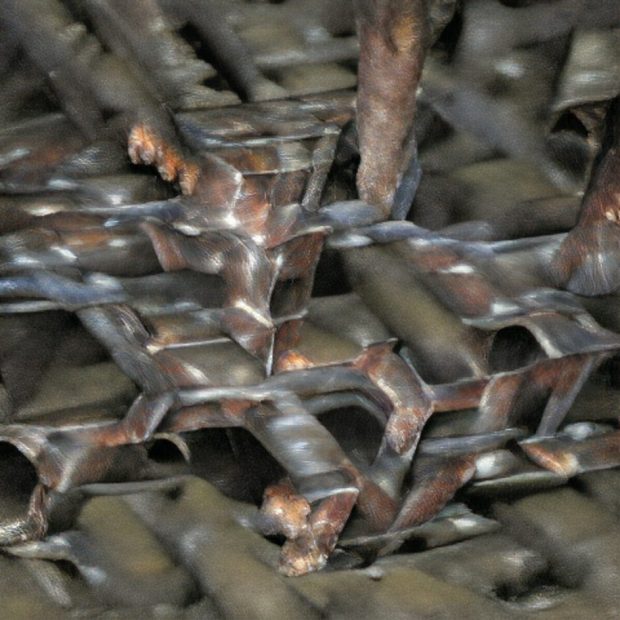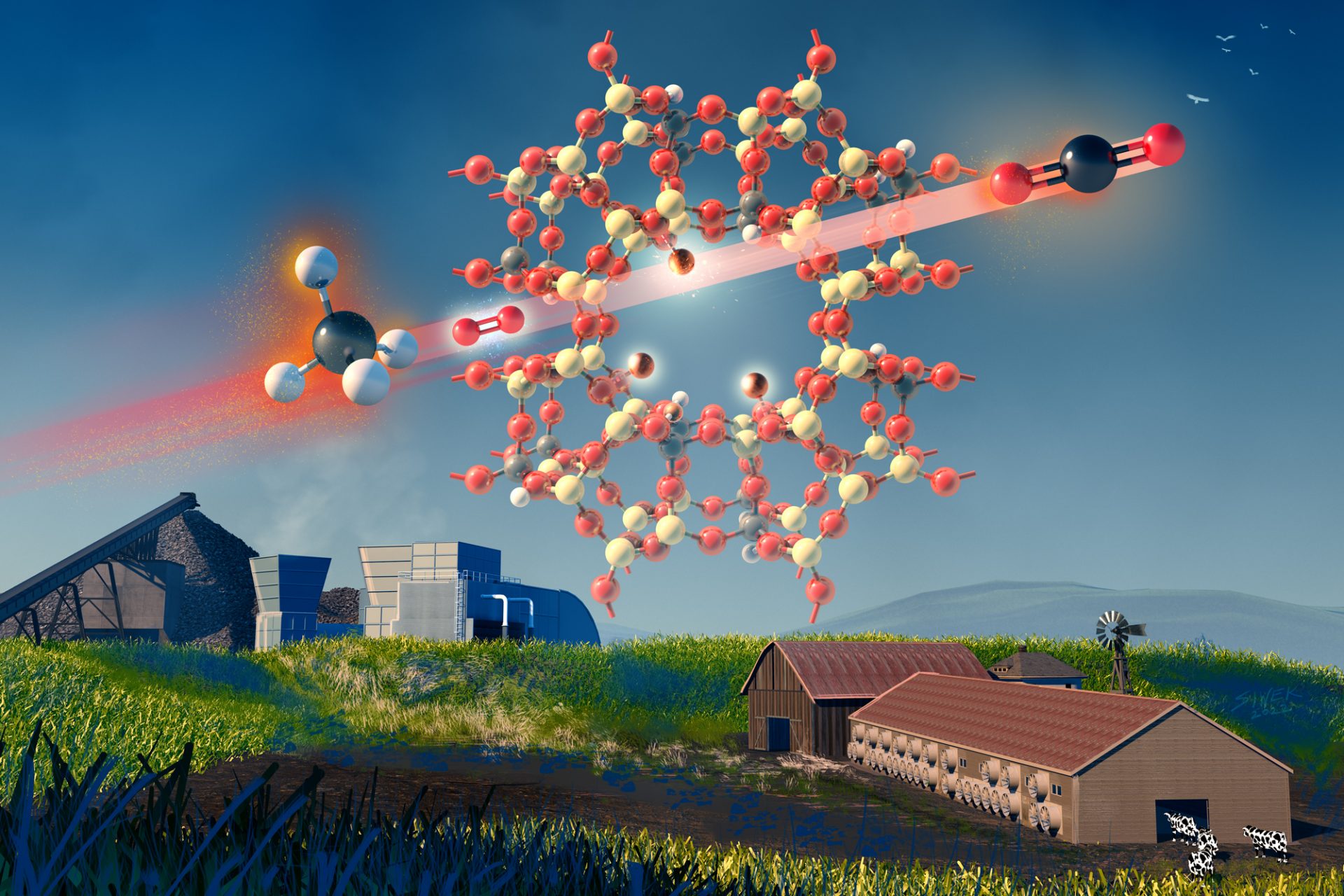Scientists turn words into matter

Machine learning translates human language into materials
Is our consciousness, thoughts, and words a state of matter or the result of our neurons creating a material reality? It’s a phenomenon of discovery that MIT scientists explored using a variety of machine learning tools to understand the connection between human language and matter. What they found is that human language can create a physical object which has materialized in the exact way our words describe.
At the American Physics Society’s March Meeting, materials scientist Markus Buehler, the Jerry McAfee Professor of Engineering at the Massachusetts Institute of Technology, will present new research conducted by him and his team that uncovers a text-to-material design approach of multi-material composite designs based on human readable language and 3D printing.
“Human language contains the rules of grammar that form phrases and sentences together to convey meaning. It’s equivalent to the self-assembly process in materials science, where a molecule forms into larger scale structures by itself,” said Buehler.
Another correlation is the importance of order in language. Different words produce different meanings and the same is true for molecules and the building blocks of materials. “If you assemble them in different order, they are going to have a very different function,” adds Buehler.
The researchers experimented with this concept using deep learning and transformer models to translate human language into describing the assembly of material building blocks. “We developed this system where we can ask computers to help us assemble materials that don’t exist yet,” said Buehler.
The system allows a person to type text into the computer that describes anything their imagination wants to create, and a couple hours later, you have a physical three-dimensional replica in your hands that resembles everything you just typed.
Using machine learning tools to understand and translate human language into multi-dimensional materials is a cumbersome and computationally expensive problem to solve.
Buehler’s lab has been working to solve this problem to design bio-based materials and for many years used analytical methods like category theory.
“The power of machine learning allows us to solve complex problems computationally that are not tractable using any of the analytical pen and paper methods,” said Buehler
Buehler adds, this form of materialization wouldn’t be possible without deep learning models. “It’s building a relationship between language and our thoughts. We can now explore, what are the physical properties of our thoughts?”






